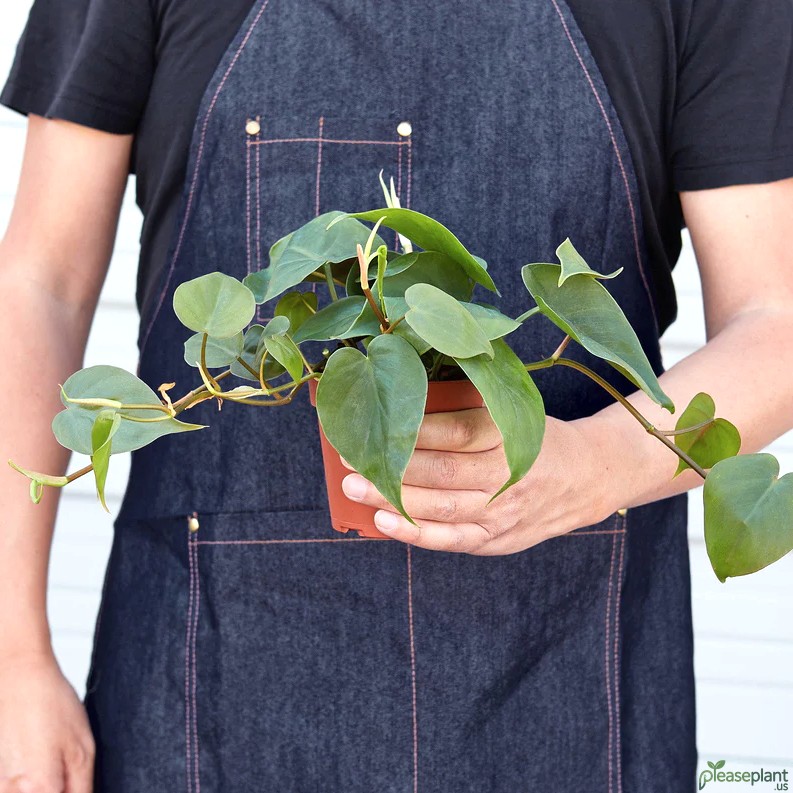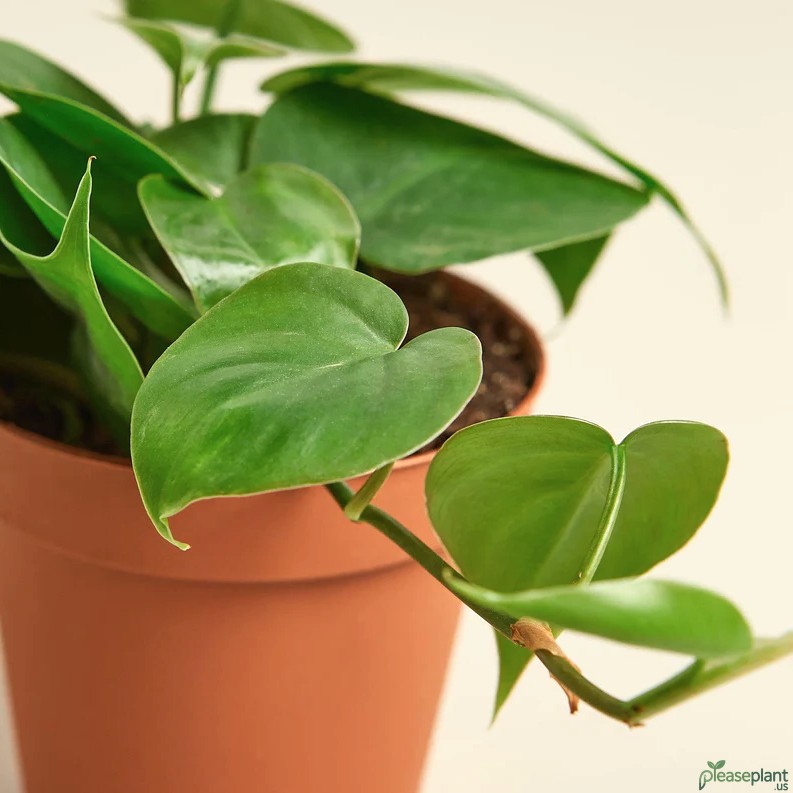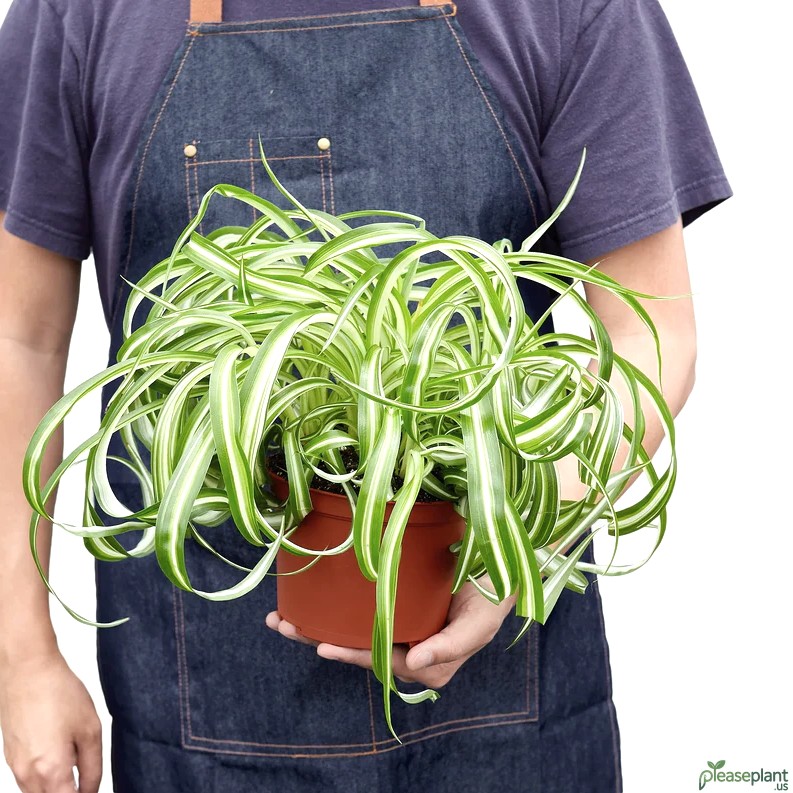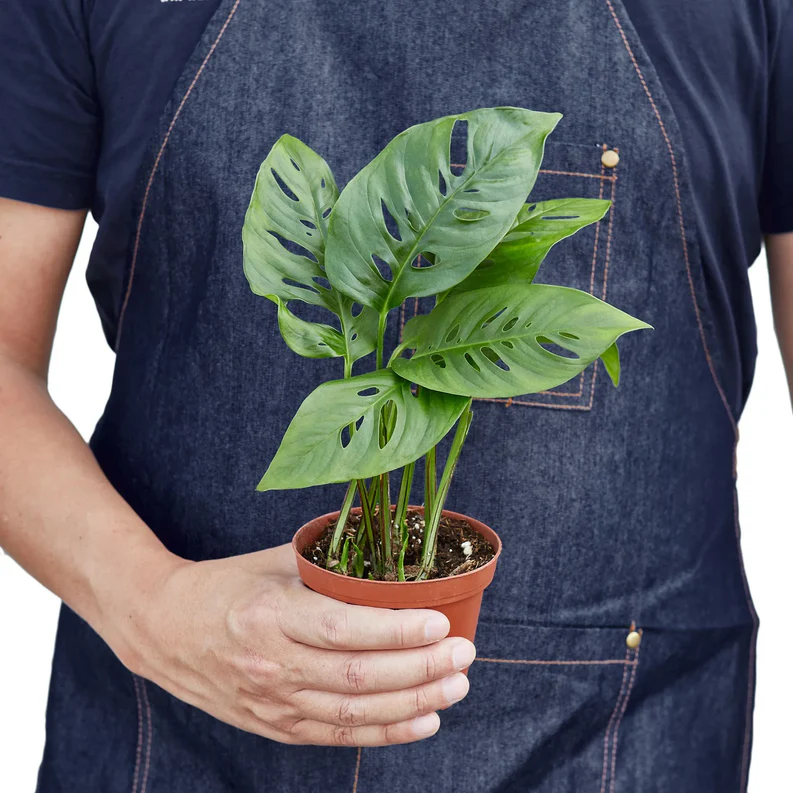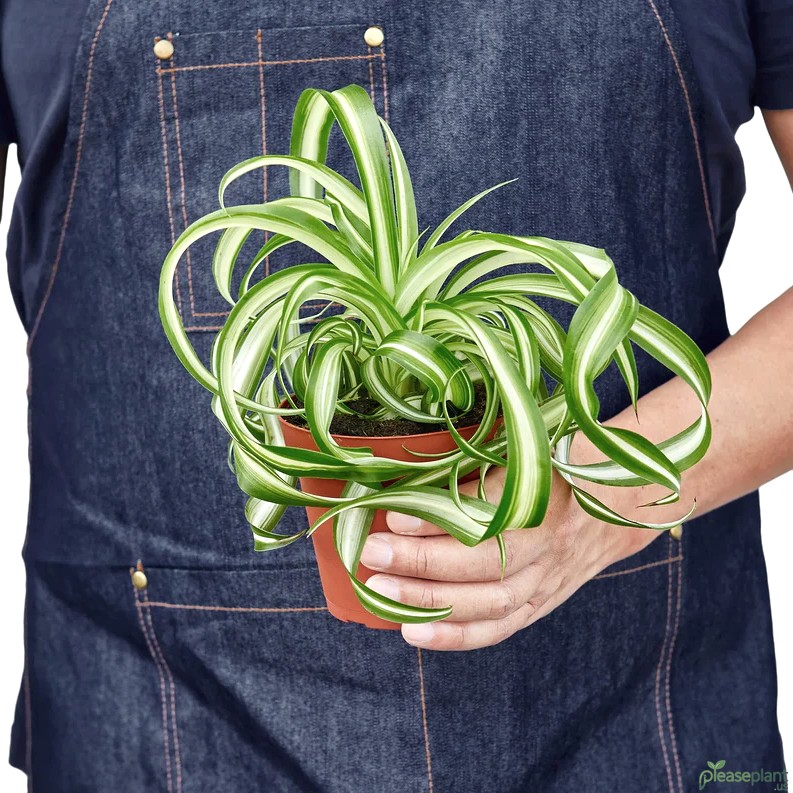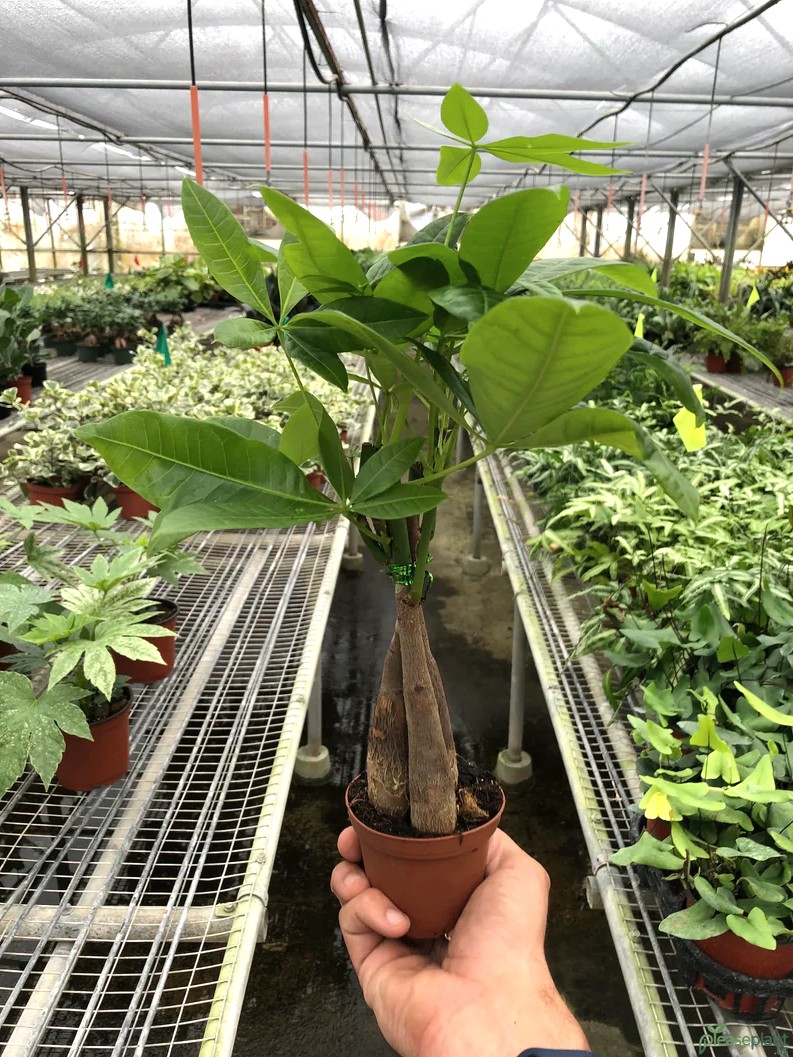You’ve probbly seen the charming Heartleaf Philodendron on Instagram or in your local garden center, but is it a friend or foe when it comes to your furry pals? While it looks innocent with its shiny, heart-shaped leaves, this plant might be more complex than you think. Let’s dig into whether the Philodendron Cordatum is really pet safe or if it’s a sneaky hazard hiding in plain sight. Here’s what every plant lover and pet owner should know before bringing this leafy beauty home.
Let me tell you about the Heartleaf Philodendron
The Philodendron Cordatum Heartleaf Plant is one of those green companions that seems to have stolen the spotlight in indoor gardening circles. With its trailing vines and glossy, heart-shaped leaves, it’s a favorite for adding a touch of nature’s charm to any room. But don’t be fooled by its innocent looks – this plant has a bit of a reputation when it comes to our beloved pets.
Is it really pet safe? Spoiler: not exactly
If you’re a proud dog or cat parent, you might’ve heard whispers that the Heartleaf Philodendron could be a no-go around fur babies. The truth? It carries calcium oxalate crystals, which can cause irritation and discomfort if chewed or ingested by pets. Think of it like that one friend who seems cool but always stirs up trouble at parties.
Cats and dogs nibbling on its leaves might experience drooling, swelling, or even vomiting. And while it’s rarely life-threatening, it sure can cause an unpleasant visit to the vet and some worried moments for you. So, if your pets are curious explorers, this plant demands caution.
Why does it still have such a fanbase then?
Despite its somewhat shady reputation among pet owners, the Philodendron Cordatum remains a top choice for many indoor gardeners. Why? Because it’s tough as nails and practically laughs at low light and occasional forgetfulness with watering. It’s like the reliable mate who’s always there, even when you’re not at your greenest best.
Handling the danger: tips from my gardening experience
From years of juggling plants and pets, here’s what I’d suggest:
- Place your Heartleaf Philodendron high up or in rooms your pets don’t frequent. Out of sight, out of reach!
- Train your pets gently to avoid the plant; sometimes a little deterrent spray helps.
- If you’re set on having this beauty but have rambunctious pets, consider alternatives like spider plants or Boston ferns, which are generally safer.
What about kids? Another angle to consider
Not just pets, if you have little munchkins crawling around, remember the irritation caused by calcium oxalate crystals is no joke. Always place the plant where tiny hands can’t reach, because curiosity isn’t just a pet’s problem.
Final thoughts on this leafy sweetheart
The Philodendron Cordatum Heartleaf Plant is a brilliant, low-maintenance option if you’re after that lush, jungle vibe indoors. But, and it’s a big but, it’s not exactly the best buddy for your pets or young kids. If you’re willing to take the precautions, this plant can flourish beautifully in your home. Otherwise, it might be worth thinking twice and picking a safer alternative. After all, a green thumb doesn’t have to mean risking your furry friends’ health.
Remember, plants are family too, but some need a bit more respect and space than others!

